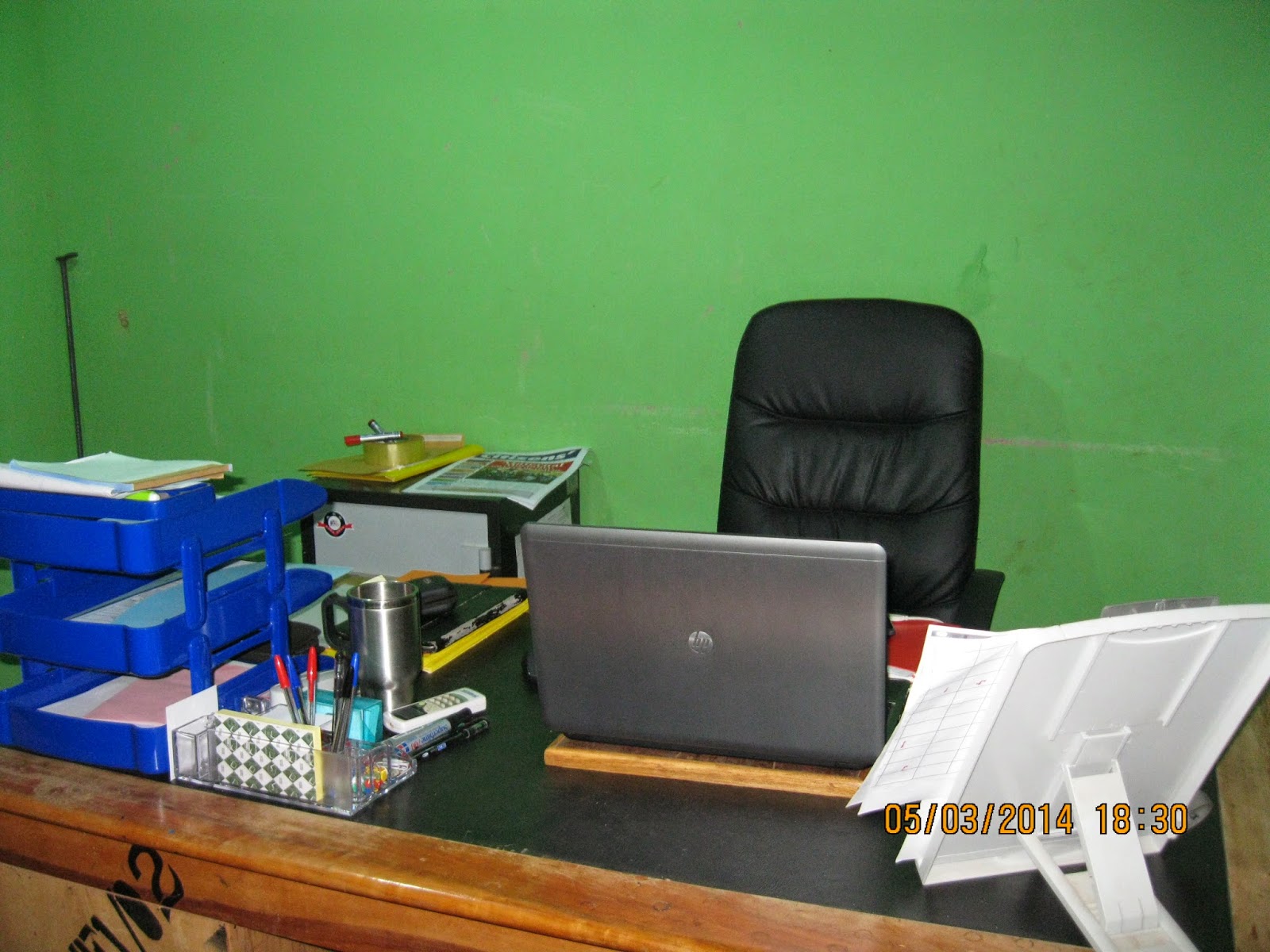The Africa Continental Free Trade Area (AfCFTA): A Game-Changer for African Trade
Introduction
Goals and Objectives
The main goals of the AfCFTA are to:
- Create a single market for goods and services, with free movement of people and capital.
- Promote industrial development and economic diversification.
- Enhance competitiveness and encourage investment within Africa.
Implementation and Progress
The AfCFTA officially began trading on January 1, 2021, after several delays due to the COVID-19 pandemic. As of April 2024, 40 countries have ratified the agreement, with 54 African countries signing the agreement. The AfCFTA Secretariat, headquartered in Accra, Ghana, oversees the implementation of the agreement.
Potential Impact
The AfCFTA has the potential to significantly boost intra-African trade, which currently accounts for only about 15% of total African trade. According to the African Union, the AfCFTA could increase intra-African trade by up to 52% by 2022, and double it by 2040.
Challenges and Opportunities
While the AfCFTA presents numerous opportunities for African countries, it also faces several challenges. These include infrastructure constraints, non-tariff barriers, and capacity constraints. Addressing these challenges will be crucial for the successful implementation of the AfCFTA.
Conclusion
The Africa Continental Free Trade Area represents a major milestone in Africa's quest for economic integration and development. By fostering intra-African trade and investment, the AfCFTA has the potential to transform Africa's economy and improve the lives of millions of Africans. However, realizing these benefits will require strong political will, effective implementation, and addressing the challenges that lie ahead.




Comments
Post a Comment